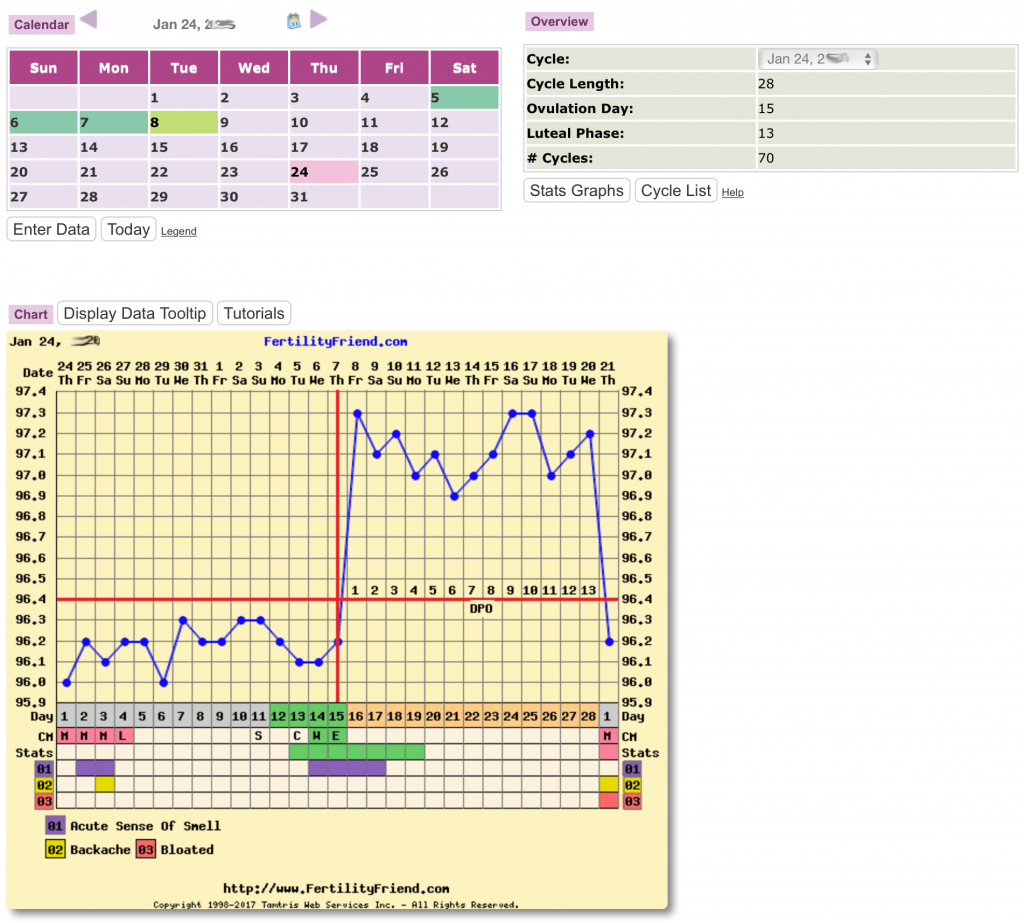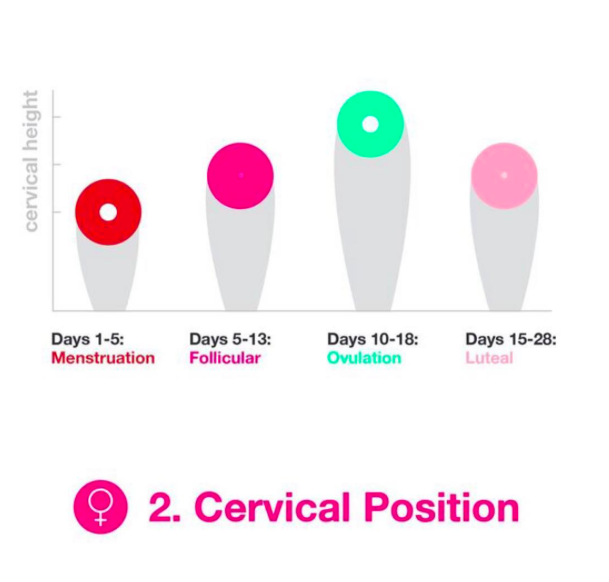Ace Info About How To Check Cervix For Ovulation

You may need some practice to check your cervical position.
How to check cervix for ovulation. Remember that your cervix is typically higher and softer during ovulation, you can tell this by remembering how far your finger goes before it hits your cervix. How to check your cervix for. When you’re not in a fertile stage of your cycle, cervical mucus is stickier.
While you are ovulating or in your fertile days, your cervix is high, soft and open. Cynthia lessard in this article 01 / why you should be checking your cervix 02 / how to check your cervix:. During ovulation, the cervix is responsible for producing cervical mucus.
It feels like a round donut or ball high inside your vagina. Flex ed how to check your cervix jan 18, 2022 written by: When ovulating and most fertile:
1 know where your cervix is located. How to check your cervix cervical changes chart follicular phase ovulation luteal phase menstruation sex conception early pregnancy late pregnancy. Changes in cervical mucus advertisement | page continues below 3.
Changes to the cervix 4. When you’re trying to conceive (ttc), understanding your cervix can be key to knowing when your fertile window is. Changes in basal body temperature (bbt) 2.
Wash your hands using soap and water before checking your. Make sure your nails are trimmed to prevent injury. Try checking the cervix after a shower or bath.
The cervix is the lowermost part of the uterus, where it connects with the vaginal wall. This is the stuff that gets on your panties around ovulation, and you might feel wet for a few. How to find your cervix;
To do this, look at and/or touch your vaginal discharge to determine its consistency and color. How do you know if your cervix is open or closed? If it is very watery and stretchy and resembles raw egg whites,.
[1] it is located 3 to 6 inches (7.6 to 15.2. The cervix is the entrance to your womb and sits between your vagina and uterus. You could monitor your cervical mucus and also chart your basal body temperature (bbt).
Examination of this fluid can fairly well tell you what point you are in your cycle. How do you know if you’re touching your cervix? Checking cervical position alone is usually not a sufficient way to estimate ovulation.
:max_bytes(150000):strip_icc()/1960279-checking-cervical-mucus-to-get-pregnant-faster-01-5ae09ac2c06471003916b7cb.png)

















